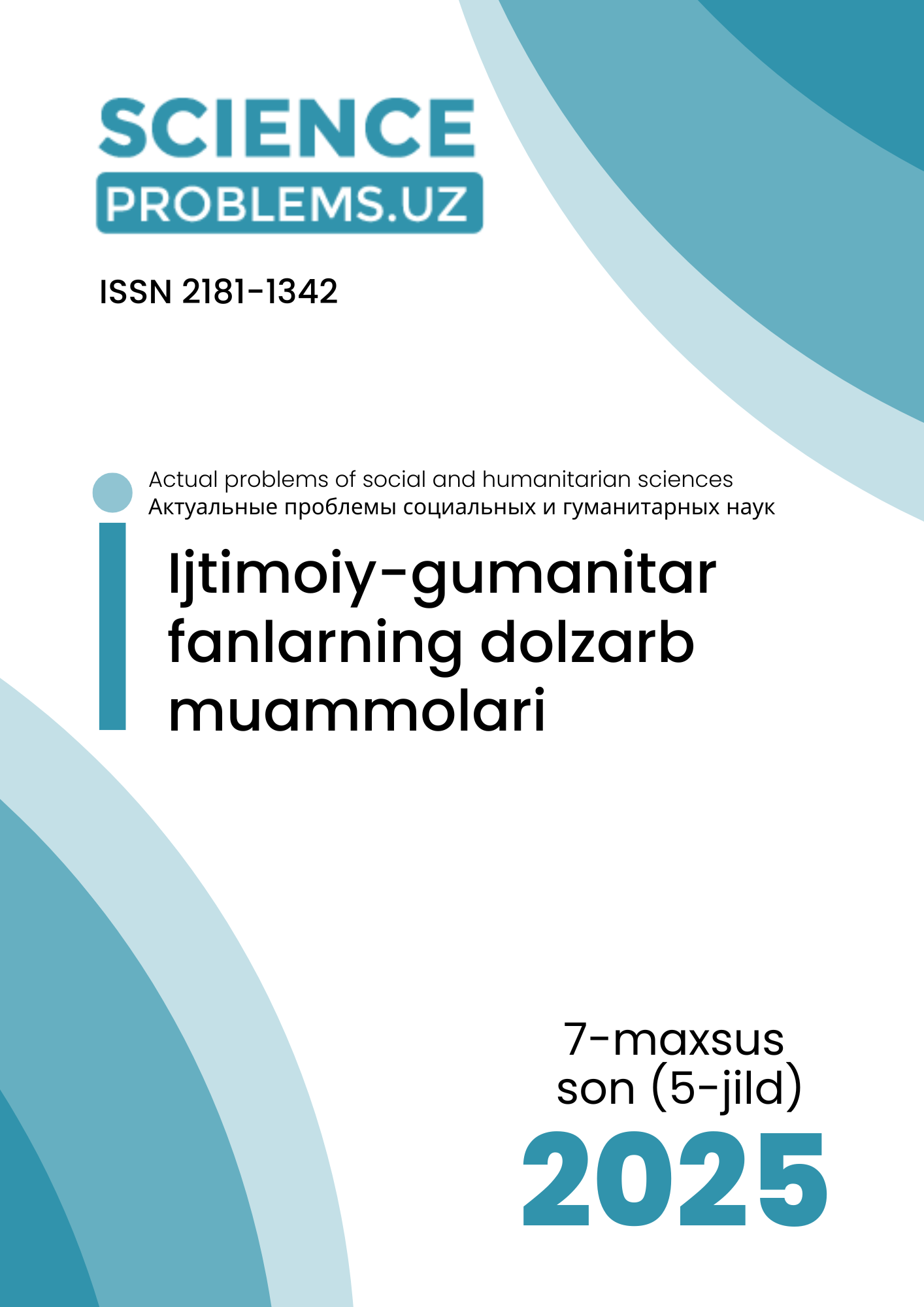HR TRANSFORMATION: COMPARATIVE ANALYSIS OF DEVELOPED AND DEVELOPING ECONOMIES CANADA AND UZBEKISTAN
DOI:
https://doi.org/10.47390/SPR1342V5SI7Y2025N02Keywords:
Uzbekistan, Canada, HR transformation, comparative analysis, digitalization.Abstract
This study presents a comparative analysis of digital transformation in human resource (HR) management practices in Canada and Uzbekistan – two countries with distinct economic, technological, and sociocultural contexts. As organizations across the globe increasingly adopt digital technologies to enhance workforce management, understanding these transformations in both developed and developing economies becomes crucial. The research explores how digital tools have reshaped key HR functions, including recruitment, training and development, performance evaluation, and employee engagement. Drawing on relevant theoretical frameworks such as the Technology Acceptance Model, Resource-Based View, and Human Capital Theory, the study highlights how Canada’s mature IT infrastructure and regulatory frameworks have supported advanced HR technologies like AI-driven recruitment and employee engagement platforms. In contrast, Uzbekistan’s government-led initiatives – such as the “One Million Uzbek Coders” and “Digital Uzbekistan 2030” programs – demonstrate significant progress in public sector digitalization and workforce upskilling. By analyzing these divergent pathways, the paper offers insights into the drivers, challenges, and opportunities of HR digital transformation in different economic settings. The findings aim to inform policymakers, investors, and business leaders navigating the digital future of workforce management.
References
Barney, J. (1991). Firm resources and sustained competitive advantage. Journal of Management, 17(1), 99-120.
2. Becker, G. S. (1964). Human Capital: A Theoretical and Empirical Analysis, with Special Reference to Education. University of Chicago Press.
3. Davis, F. D. (1989). Perceived usefulness, perceived ease of use, and user acceptance of information technology. MIS Quarterly, 13(3), 319-340.
4. Gafurov, K. (2024, Ocotber 1). Uzbekistan’s Digitalization of Human Resources Management System: Advantages and Prospects. Retrieved from https://timeskuwait.com/uzbekistans-digitalization-of-human-resources-management-system-advantages-and-prospects/?form=MG0AV3
5. Jie , Z., & Zhisheng , C. (2024). Exploring Human Resource Management Digital. Journal of the Knowledge Economy, 15, 1482–1498. Retrieved from https://link.springer.com/article/10.1007/s13132-023-01214-y
6. Khakimov, F. (2022, April 24). Uzbekistan on the path of digitalization: achievements and plans. Retrieved from https://diplomatmagazine.eu/2022/04/24/uzbekistan-on-the-path-of-digitalization-achievements-and-plans/?form=MG0AV3
7. Kotter, J. P. (1996). Leading Change. Harvard Business Review Press.
8. Kreissl, B. (2017, January 31). How different is HR in Canada? Retrieved from https://www.hrreporter.com/opinion/hr-policies-practices/how-different-is-hr-in-canada/298018?form=MG0AV3
9. Lewin, K. (1947). Frontiers in group dynamics: Concept, method and reality in social science; social equilibria and social change. Human Relations, 1(1),, 1(1), 5-41.
10. Lv, K., Zhao, Y., Zhu, S., & Zhu, L. (2024). Enterprise digital transformation and labor structure evolution: evidence from China. Chinese Management Studies. doi: https://doi.org/10.1108/CMS-09-2023-0485
11. Shahiduzzaman, M. (2025). Digital Maturity in Transforming Human Resource Management in the Post-COVID Era: A Thematic Analysis. Administrative Sciences, 2(15), 51. doi:https://doi.org/10.3390/admsci15020051
12. SHERRY. (2024, December 30). 7 Game-Changing Ways AI is Revolutionizing Canadian HR Departments. Retrieved from https://www.industryandbusiness.ca/7-game-changing-ways-ai-is-revolutionizing-canadian-hr-departments/?form=MG0AV3
13. Teece, D. J., Pisano, G., & Shuen, A. (1997). Dynamic capabilities and strategic management. Strategic Management Journal, 18(7), 509-533.
14. Trist, E. L., & Bamforth, K. W. (1951). Some social and psychological consequences of the longwall method of coal-getting. Human Relations, 4(1),, 4(1), 3-38.








